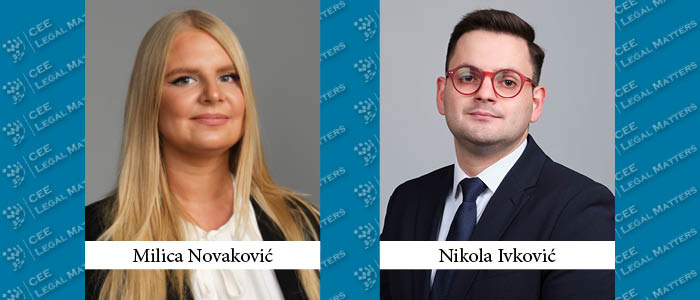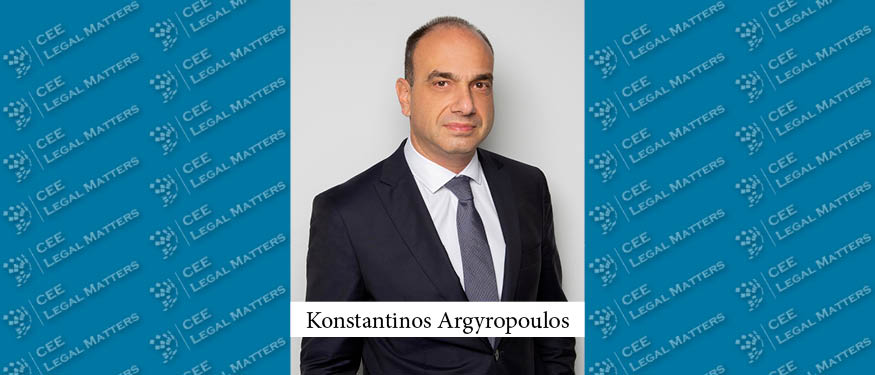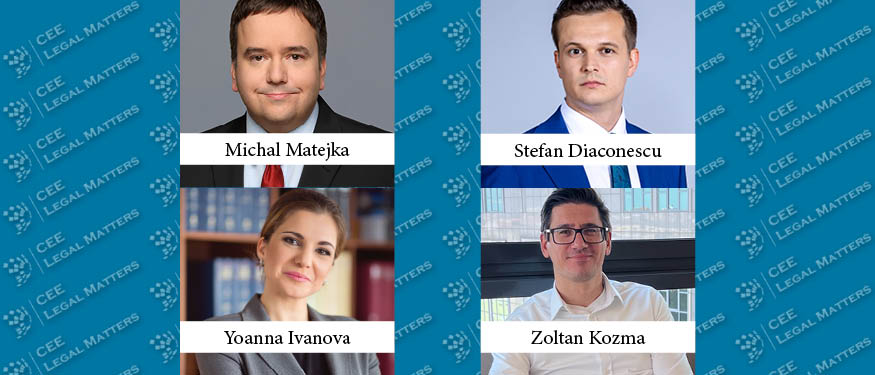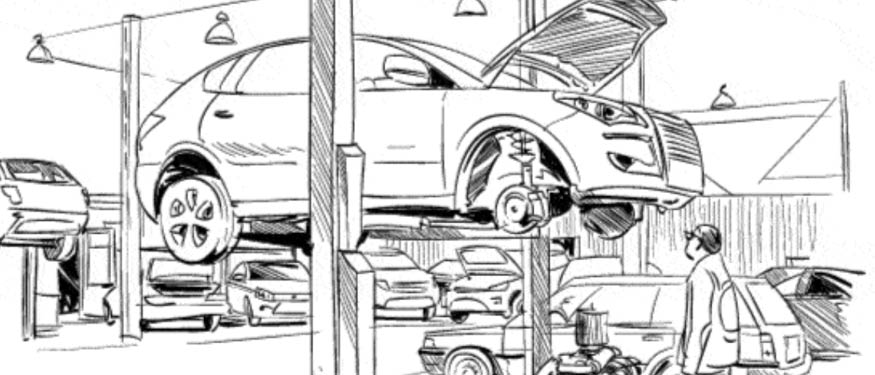As we previously announced, the Court of Justice of the European Union (“CJEU”) issued a ruling in the CK Telecoms case last week, annulling the CK Telecoms judgment and referring the case back to the General Court (“Court”). This appeal was in response to the Court’s decision on May 28, 2020, invalidating the European Commission’s (“EC“) ban on the acquisition of Telefonica Europe Plc by Hutchison 3G UK Investments Ltd. In this article, we delve deeper into the background of this important case and the reasoning behind the CJEU ruling.
The roots of the case trace back to 2016, when CK Hutchison Holdings Ltd, through its subsidiary Hutchison 3g UK Investments Ltd, which became CK Telecoms UK Investments LTD (“CK Telecoms“), sought to acquire sole control over Telefonica Europe Plc. The acquisition would lead to a decline from four to three large mobile operators active in UK’s retail market for mobile telecommunications services. The EC objected to the proposed concentration, deeming it incompatible with the internal market, arguing it would substantially impede competition by restricting the mobile telecommunications market infrastructure’s development in the UK and driving up consumer prices.
In response, CK Telecoms lodged an action with the Court, seeking annulment of the EC’s decision to block the merger. During the proceedings, CK Telecoms asserted that the proposed merger would enhance efficiency, promote technological advancements, and increase investment in the telecom sector. They argued that these benefits would outweigh any potential anti-competitive effects, justifying the merger.
The Court upheld various aspects of the appeal, including the intensity of judicial review, the legal framework for concentrations, the burden of proof, and the standard of proof. Furthermore, the Court identified other competing telecommunications market undertakings as an important competitive force and assessed the closeness of competition and quantitative effects on prices. It also concluded that the EC failed to substantiate significant impediments to competition and recognized errors related to horizontal non-coordinated and non-coordinated effects on the wholesale market. Consequently, the Court annulled the EC’s decision, triggering an appeal to the CJEU.
The CJEU’s judgment, further elaborated below, outlines several key findings.
First, the CJEU stated that the Court committed a legal error by applying a higher standard of proof than that established by case law in assessing significant competition obstacles post-merger. The CJEU has stated that the EC only needs to demonstrate a prospective economic analysis without an exceptionally high standard of proof.
Second, the CJEU found that the Court misinterpreted the Merger Regulation by implying that a significant impediment to effective competition could only be established if two specific cumulative conditions were met: the elimination of crucial competitive constraints between the merging entities on each other and the reduction of competitive pressure on the remaining competitors. The CJEU dismissed this reasoning and held that these are not cumulative conditions but separate reasons why a transaction in an oligopolistic market may impede effective competition.
Third, the CJEU established that the Court did not exceed its authority in interpreting “competitive forces” and “close competitors” concepts. However, it distorted the EC’s decision by misrepresenting its views on important competitive forces and the closeness of competition. The Court also erred in requiring the EC to prove aggressive pricing or significant pricing policy changes to classify an undertaking as an important competitive force.
Fourth, the Court held that the EC failed to consider efficiencies generated by the transaction, including “standard” efficiencies that can be expected to arise in M&A transactions. However, the CJEU countered that not all transactions produce efficiencies and that it is the merging parties’ responsibility to demonstrate the existence of such efficiencies, not the EC’s.
Fifth, the CJEU pointed out that it is clear from the relevant decision that the EC did evaluate the potential decline in network quality associated with the proposed merger. The Court’s assertion that the EC did not conduct such an assessment misrepresented the decision.
Given the “breadth, nature, and scope of the errors made” by the General Court, the CJEU overturned the disputed judgment. However, lacking the information necessary to render a final judgment on all the legal arguments presented, it referred the case back to the Court. The Court is now tasked with reassessing the entire case, considering all the CJEU’s clarifications during the appeal process.
Our Competition Law & EU Law team will monitor the situation closely and provide essential updates as new developments unfold.
By Milica Novakovic and Nikola Ivkovic, Associates, Gecic Law













